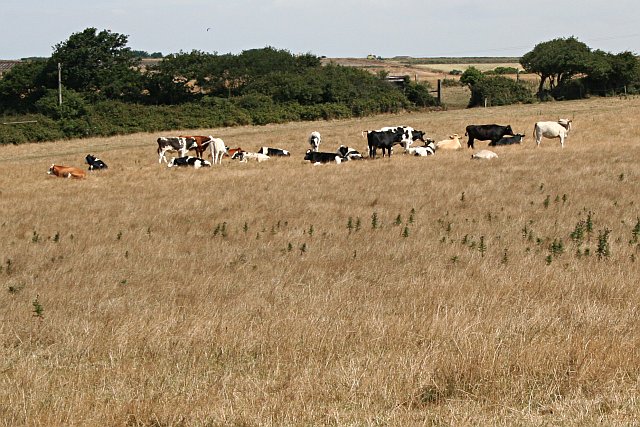Now here’s a story you don’t see every day. According to this CBS Colorado report, “Two southeastern Colorado ranch owners were recently sentenced to pay $6.6 million to resolve federal charges that they damaged or altered rain gauges in an effort to get paid for worsening drought conditions. By preventing the rain gauges from accurately measuring precipitation, the men aimed to increase the amount of money they could receive from the federal government, according to court documents.” In the story it discusses tampering with NWS ASOS stations, but in other stories elsewhere it is clear that the stations that were tampered with were Coop stations, which are more accessible to the public since most ASOS stations are on airports with robust security.
I get more complaints about the federal payment program for drought impacts on forage than any other topic. The program was designed by Congress to provide payments to farmers for lost cattle feed if the Drought Monitor (DM) shows a certain number of weeks at a level D2 drought level or higher, and the longer or more extreme the drought is, the higher the payment. But the Drought Monitor is not designed to depict the short-term droughts that usually cause problems for forage, and so there is frequently a mismatch between what the Drought Monitor is showing and what cattle producers are seeing in their pastures, leading to tremendous frustration on the part of the cattle producers, who desperately want federal payments to help them feed their herds when there is nothing for them to eat. It was so bad in Louisiana this year that they forced the State Climatologist there out because he could not convince the DM authors that the drought was worse than the DM showed, even though he had no power to make them draw the maps any differently.
In the case of this story, the Colorado cattle producers decided to take matters into their own hands and “cooked” the data by blocking rain gauges from catching precipitation, resulting in precipitation accumulations that were lower than actually occurred. I don’t know the details of how they were caught, but comparisons with radar accumulations, rainfall measurements from other observers such as CoCoRaHS, and measurements of streamflow in the watersheds could all provide clues. I shouldn’t have to say this, but DON’T DO THIS! Several of the DM authors have told me similar stories of others making up rainfall deficits to try to bump the DM to a higher level. They are well aware of the depths to which people will go to try to get these payments. The best way to solve the problem is to redesign the program to remove the DM from the payment calculation, but with our dysfunctional Congress, it does not seem likely that this more reasonable approach will be taken any time soon. In the meanwhile, report your conditions using the Condition Monitoring Report form and join CoCoRaHS and report your daily rainfall measurements accurately and regularly so that the DM authors know what you are seeing at your location.
More also at Justice.gov.
